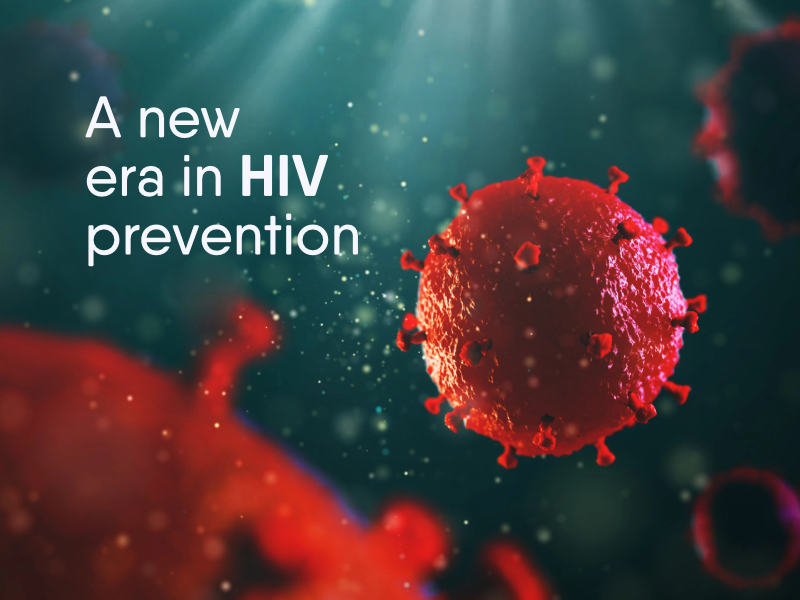The fastest growing widespread disease in the world: Diabetes
- Dr. Blaise Ntacyabukura

- Aug 20, 2020
- 4 min read
Updated: Apr 29, 2021

What is diabetes?
Diabetes is a chronic disease affecting the metabolism of glucose, characterized by high glucose levels in the blood (high blood sugar). Normally, after eating or experiencing a stressful circumstance, our blood glucose level rises. Still, we have Insulin, a hormone secreted by our pancreas, to take that blood glucose into cells to produce energy or for storage.
Sugar (or glucose) is a critical energy source for cells and toxic when its levels are elevated in our blood for a prolonged time. Persistently high blood glucose levels damage blood vessels, the heart, eyes, kidneys, and nerves and weaken our body immunity against diseases. According to the World organization of Health (WHO), it is estimated that diabetes alone is affecting 422 million people worldwide, and it is among the leading chronic diseases and causes of death.
There are two main types: Type 1, also called diabetes insipidus, and Type 2, also called diabetes mellitus. Type 1 is the most common chronic disease of childhood, caused by a deficiency of insulin due to the destruction of its producing cells in the pancreas. Type 2 diabetes, on the other hand, is due to insulin ineffectiveness, and it affects more of the adult population.
Risk factors
Type-1 diabetes:
Born as twins
Having affected parent/s
Family history of type 1 diabetes
Type-2 diabetes:
Age ≥45 years
The body mass index [BMI] ≥25 kg/m2
Family history of people with type 2 diabetes
Diabetes mellitus in a first-degree relative
Sedentary lifestyle
History of gestational diabetes mellitus (Have had diabetes during pregnancy)
Hypertension (blood pressure ≥140/90 mmHg)
Increased blood lipid levels
Polycystic ovary syndrome
How does it present itself?
Irrespective of the type and the causes, diabetes has a classic presentation, but the course of symptoms may differ:
Its classic symptoms are:
Excessive thirst
Increased appetite or hunger
Increased urination and
Weight loss
Its other symptom includes:
Nausea, vomiting, and heartburn when the stomach can not empty itself as usual
Fatigue or a lack of energy
Weight gain from the increased appetite
Fruity-smelling breath
Problems with the vision
Increased susceptibility to infections
Slow healing of wounds or cuts
Drowsiness, especially for kids
Tingling and numbness in the feet
Feet or face swelling as a result of water retention following kidney failure.
How is it diagnosed?
Diabetes has a widely accepted approach to diagnosis. One of the criteria below is sufficient for diagnosis:
Having fasting (after >8 hours without eating) blood glucose ≥126 mg/dL (7 mmol/L) on more than one occasion.
Random blood glucose ≥200 mg/dL (11.1 mmol/L) and classic symptoms
Positive oral glucose tolerance test (OGTT)
Having glycated hemoglobin (A1C) ≥6.5 percent
It is possible that you may have a higher than normal blood glucose level according to different circumstances and not fulfill the above criteria to be diabetic. In that case, you are in the pre-diabetic phase, a critical stage where all efforts should be used to try to reverse the progress of the disease or delay the symptoms.
How is it Treated?
Diabetes treatment depends on the type of diabetes, its stage, and if there is an underlying disease or risk factor. In general, treatment is as follows (combining these options are quite common):
Lifestyle change: Healthy foods and drinks and regular exercise
The oral medication, also known as hypoglycemic drugs
Insulin supplementation through injections
As it is a chronic disease, it is strongly advised to set treatment targets and goals of the above options with a doctor or nutritionist to manage diabetes better. Via the BYON8 app, a doctor is always available for diagnosis, treatment, and personalized treatments or recommendations.
Prevention
Type-2 diabetes is largely preventable or delayable if you are predisposed to have it genetically, in the case, for example, if it is affecting the first or second degree of your family members.
There are a number of actions that, when carried out with discipline, researchers have proven their effectiveness.
Healthy eating and drinking: It means eating fruits and vegetables as half of your plate every time and cutting sugared and alcoholic drinks.
Regular physical activity that makes you sweat for at least 30 minutes three times a week.
Avoiding long term use of medication containing corticosteroids and also
Having any underlying medical conditions under control.
What’s the outcome of diabetes?
When diagnosed with diabetes, it is important that it is managed properly to avoid outcomes that can negatively affect life and sometimes even fatal complications. According to the WHO and International Diabetes Federation (IDF), nearly 3% of global blindness can be attributed to diabetic retinopathy. Diabetes is also among the leading causes of kidney failure and reduced blood flow and nerve damage in the feet. This can lead to foot ulcers, their associated infections, and complications such as limb amputation, as well as severe and life-long health problems.
It is worth mentioning that when the blood glucose level is well controlled and stays in the normal range, diabetes will not pose any major limitations in your life. You will be able to do professional sports, successfully carry out your pregnancy and deliver a normal and healthy baby and have a strong immune system. You could do pretty much everything someone without diabetes can do as long as it is managed properly and you are committed to the treatment. It may be hard but possible in every way. It is a matter of mind over body and changing lifestyle behaviors, especially food intake. You can read more in our “beyond the basics” about diabetes.
Until next time - Be well!
Source:





Comments